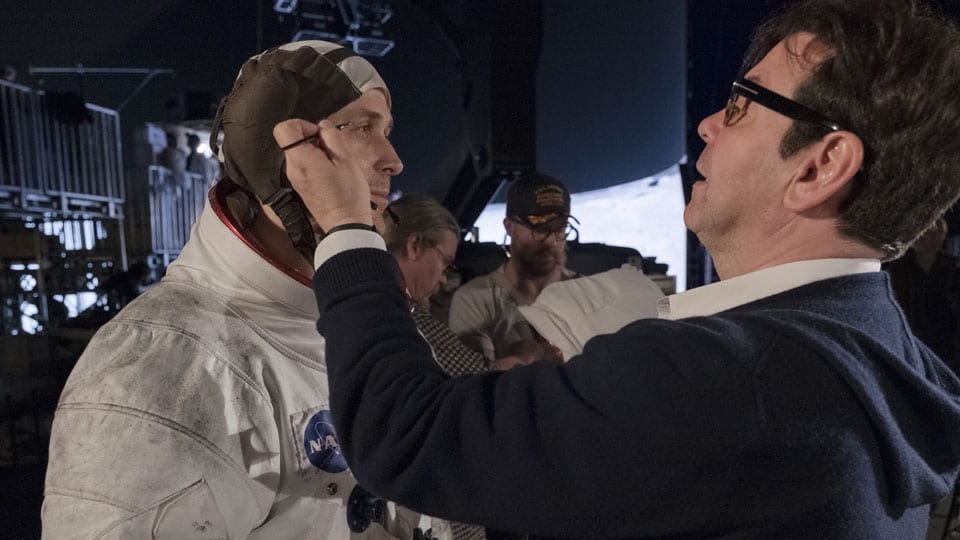By Scott Essman
As co-chairman of the digital intermediate subcommittee of the American Society of Cinematographers, Alan Caso, ASC is well-placed to reflect upon the many intricacies and likely future of the DI process. Among Caso’s many film and tv credits, is a long run on the HBO series Six Feet Under.
Below the Line: How long has DI been an issue within the ASC, and what were some of your initial steps?
Alan Caso: In the first couple of meetings of the technology committee last January, we broke things down into several areas. We worked very hard in trying to lasso the wizards who developed all this technology. [We wanted to] define things in a common, agreed format and come up with a vocabulary so that we could set our goals. We spent most of the first year doing that. Things constantly change and get more defined as the technology gets more refined.
BTL: Does ASC have an official position on DI?
Caso: ASC never wants to take a specific position, but they do wish to come up with specific endorsements of what we feel is the current state of the art. We have expectations for certain technological events which we anticipate to happen over the next three years, five years, 10 years. We have bars that we like to set and things that we hope to achieve. We try to do that because the technology is an ever-changing process.
BTL: Was there a defining moment for DI?
Caso: When Roger Deakins [ASC, BSC] shot O Brother Where Art Thou?, he had to shoot a movie at locations with specific color parameters and completely change that color palette through the digital intermediate process. That was the single defining starting point for DI. He had a real issue. They were in the South where everything was green and lush. He had to take everything he shot and turn it into browns and yellows. He couldn’t do it in just the RGB method of chemical postproduction alone. That film was a real beta test for DI.
BTL: What are your experiences with using DI?
Caso: It’s interesting because I’ve worked in both TV and features. When I’m dealing with my color timing in a theatrical movie, it’s simple—there are tried and true values. You know where you are at all times. You have your density levels—you add red and you get rid of some cyan. You know what is going to happen. Having said that, you also know that the contrast that you shot with is pretty much what you are stuck with. You can change a little bit of your gamma through post-flashing and other methods, but you are pretty set with your contrast levels. You’re limited, but it’s a very analog-driven end of the business, and anyone who’s done it a few times has a real comfort zone with it. However, with DI, you can do many more wonderful things. Not only can you change your RGB and your secondaries, you can completely change your contrast. You can fix all of the things that you couldn’t correct on set, and you have a lot more control and flexibility in the DI world. Knowing how valuable this could be to theatrical postproduction and color timing, I think DI is terrific. I have yet to shoot a feature that goes to DI. I can’t wait to get my hands into it.
BTL: Do you see any drawbacks to DI?
Caso: When you go into digital intermediate, which is still a fluctuating medium, there is still a lot of gray area, even though its progress seems to leap forward every six months or so. But from what I gather, there’s still a bit of speculation as to whether what you correct in the digital suite is what you’re getting when you record back on film. In the photochemical world, you know what you’re going to get when you do your first answer print. There are not a lot of surprises, and it’s a lot cheaper than recording back onto film in the digital intermediate process. However, DI is a lot more accurate than it was six months ago. Plus, as it gets more and more cost effective, everyone is going to be doing it. The water is already over the dam. Within the next five years, DI could and should become the industry standard.





